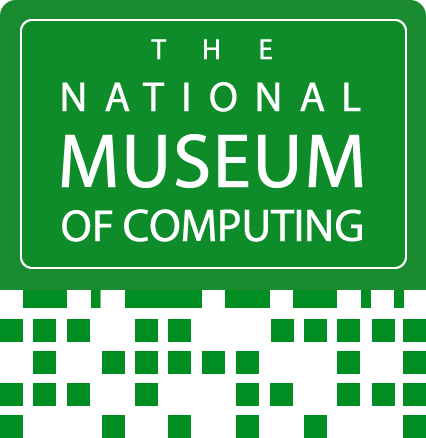Fifty Years Ago .... from the pages of Computer Weekly
/3rd July 1975 computing, compiled by TNMOC volunteer archivist, Brian Aldous.
A selection of stories from Computer Weekly from 3rd July 1975. The full archive of Computer Weekly can be seen at TNMOC, where there are special rolling displays of front pages from 25 and 40 years ago.
PA research unit develops mass storage: A new mass storage device which is said to offer a marked improvement in information recording at high densities is under development for an unnamed European manufacturer at PA International Management Consultants’ Technology and Science Centre at Cambridge. PA has also announced the establishment of a second research and development facility in Stockholm. The new recording technique is said to enable about 125 Megabytes of information to be stored on an area of only 100 square centimetres, and data can be transferred to and from the device at up to 10MHz, equivalent to a rate of approximately two Megabytes per second. By comparison, a typical IBM floppy disc carries about 256K-bytes, and has a data transfer rate of 2,400 bits per second. (CW 452 3/7/1975 p3)
MoD orders expected for new processor: The high speed 16-bit single card microprocessor from Plessey Microsystems reported by Computer Weekly is now available. Known as Miproc, the device was originally developed by the Norwegian Defence Research Establishment for missile applications. Miproc is currently being developed under a five-year agreement by NDRE and Plessey, which is handling all marketing activities outside Scandinavia. Already the new division within the Plessey empire at Towcester, Northants, has given technical presentations of Miproc to Ministry of Defence personnel. As a result of these, firm orders are expected from more than one MoD establishment within the next six weeks. In addition, two commercial companies are actively considering the Miproc concept, one for machine control purposes and the other for “special instrumentation” applications. Miproc is based on TTL technology, rather than MOS, giving an unlimited range of possible suppliers for its components. A basic set of 82 instructions is provided which can be expanded to 157 using the extended instruction set. The average instruction execution cycle time is currently 350 nanoseconds, but the joint Plessey/NDRE venture is expected to produce 200 nanoseconds in the near future. Separate program and data stores, each with a capacity up to 65K are features of Miproc. (CW 452 3/7/1975 p8)
Aerosol analysis by laser: A real time system for a very novel application has been developed by Image Analysing Computers (Imanco) of Royston, Herts, in collaboration with two government establishments. Based on a minicomputer and a purpose-built image analyser, the system is designed to analyse the size and distribution of liquid particles in aerosols, using laser hologram technology. The involvement of the Porton Down chemical defence establishment in the project introduces a controversial note, considering the possible use of aerosols for chemical and biological warfare agents. Naturally, however, no details of the application could be disclosed. The Meteorological Office also took part in the development, which has obvious applications in analysing water droplet distribution in clouds. (CW 452 3/7/1975 p18)



